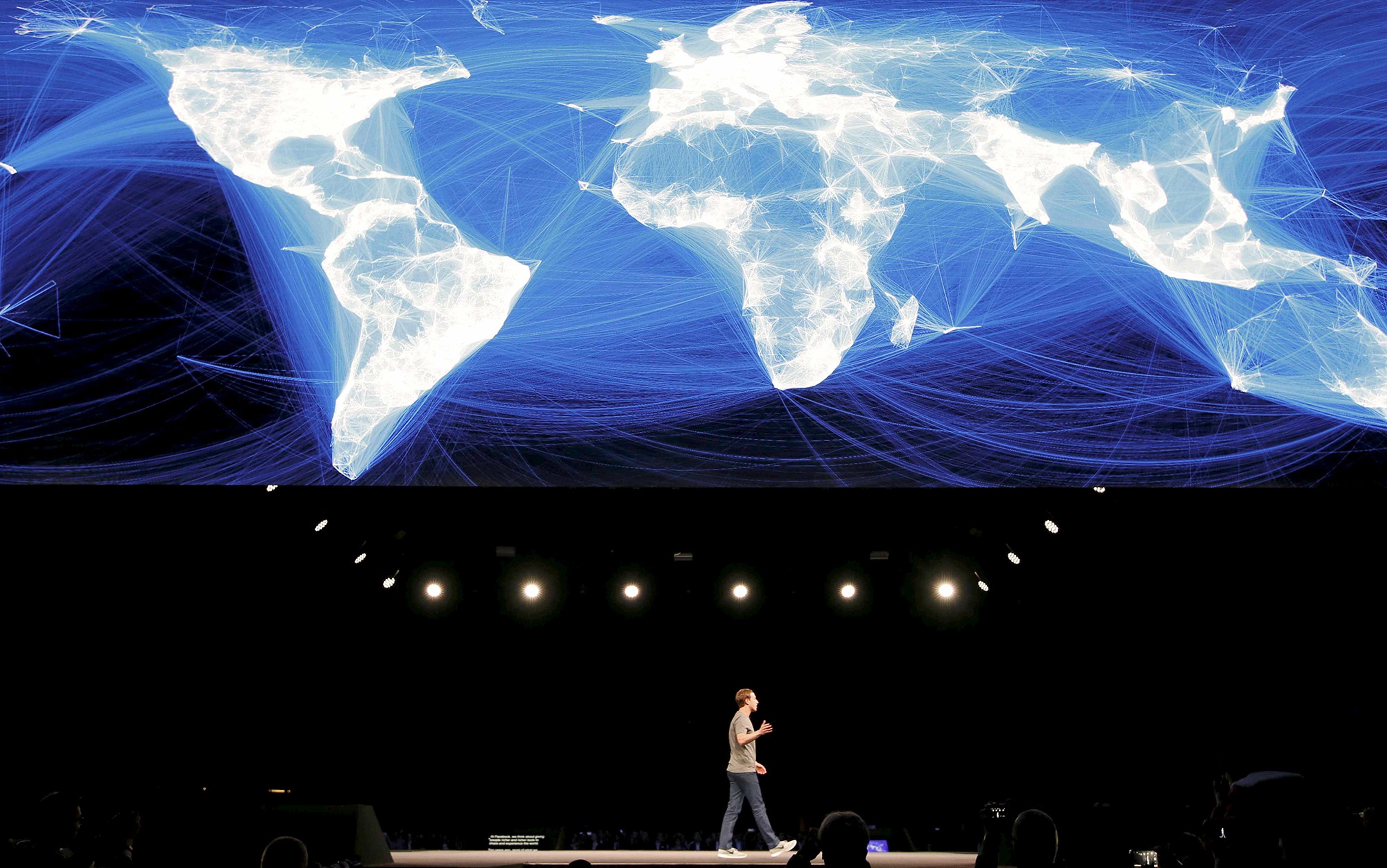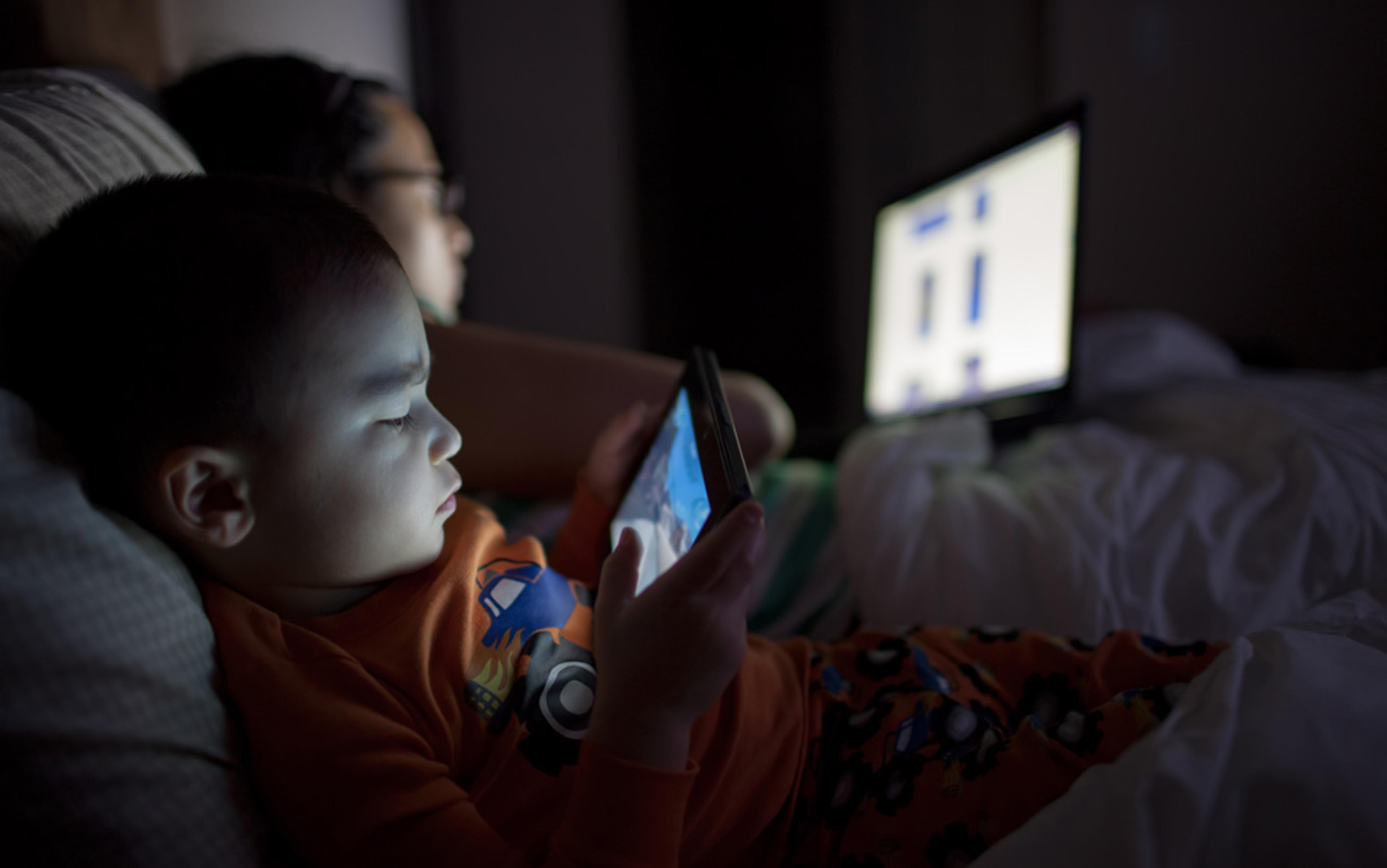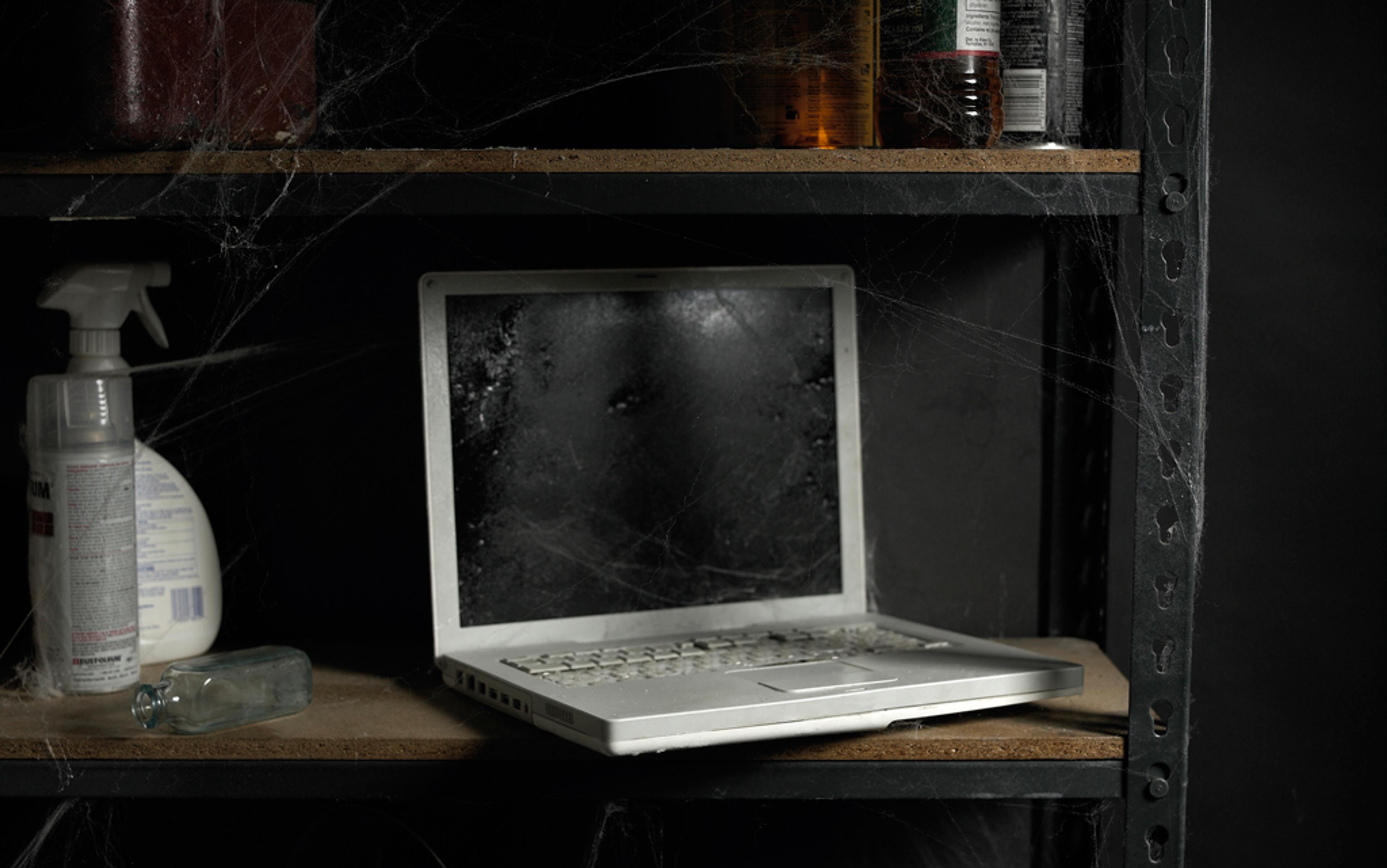You’ve just broken up. You’ve had the last argument, or weathered the first and last betrayal. You’ve changed the locks. Now the complicated process of dislodging your heart begins: the long falling-out of love. With the topography of companionship levelled, you find yourself flowing outward to fill the empty spaces. Certain objects are suddenly impossible to abide. Your own possessions, abruptly gathered up, speak to an identity you’d forgotten existed. ‘This,’ you think as you survey the towels and serving-bowls stacked in their boxes, ‘this is my taste?’ The measures of your world — the size of the bed, the portioning of food — must be scaled back. But still the second wave of disentanglement has barely begun.
It’s time to end it online. I’m not just talking about the pedantic tick-box of Facebook ‘relationship status’: there are images to untag, emails to delete, an ‘unfriending’ to coordinate. There is the careful unravelling of the social web.
In a sense, every relationship now exists on two levels. The moments we spend in one another’s company, the neurochemical buzz of proximity, and the communion of shared silence: these are real. But just as physical places now have their geolocated overlays, every relationship, too, throws a digital shadow – and depending on the individuals involved, it can loom larger than the people who cast it. As we increasingly live our social lives in public, in a medium that retains the traces of our social noodling, the record and the relationship itself can approach a point of indistinguishability.
I prefer email to the phone because it provides me with a record of my conversations, one that I can re-experience at any moment. Typing a name, I can summon a chronology of every word exchanged: a précis of the relationship, its years condensed into one timeless block of data. For those intimacies experienced mostly, or even partially, through the web, this chronological record becomes the relationship, for all intents and purposes. My parents’ generation did this differently: that box of love notes under the bed, its own time-capsule of emotion. But while their love letters might have once served the same purpose as the cumulative ones and zeros of my online correspondences, they existed only in one place. Burn them in a fit of pique and the words remain only in the memories of those they touched: subjective, foggy, destined to vanish.
Today’s relationships are distributed, not just in the minds of people but across the network. A sufficiently talented hacker could gather fragments of data from all over the internet and reconstitute a relationship from its shrapnel. Every click leaves a trace: our online shopping records, our air travel itineraries, the books and articles we read on recommendation, the frequency with which we visit other people‘s web spaces, the endless ‘likes’, the comments, emails, retweets, the ideas we absorb from those we love and disseminate outwards. Real love is transformative: it changes our social patterns. We might find ourselves delving into subjects we weren’t previously interested in, acknowledging the view from elsewhere, connecting with a new network of people. These are all quantifiable indices, easy to monitor through the public third space of the web.
Let’s return to that online breakup. In your attempts to clear the debris, you discover that, like an ecosystem, your social network reacts holistically to change. For one, it doesn’t want you to sever ties with anyone: at every turn, it seems to ask you to reconsider. The architecture of the social web, like that of a Las Vegas casino, always leads the user back inside. The engine depends on connections: groups, rather than individuals, are the commodity being sold.
The social web quantifies the people who touch us. We take this for granted, but any individual’s online network is a map of heretofore-invisible threads. Once we’ve integrated, once we’ve painted these cobwebs Facebook blue, it’s difficult to go back. The relationship and its public record share so much real estate they might be mistaken for one another. This has the curious effect of flattening the complexity of emotion: a lost friend, a shattered romance, are not just individuals ‘hidden’ from the timeline. These are cataclysms of the heart.
The information that you were friends, or lovers, lives on. It’s there, an infinitesimal blip in the global mass of data
Severance in the machine of connection must be deliberate. Where opinion and desire flow along paths of least resistance and affirmation or disavowal alike are quantified by views, where protest is as simple as a reblog and complex emotional experiences are summed up using appropriated images, purposeful unlinking is a dissonant gesture. Others look up, temporarily stunned: the click that un-friends is the loudest of all.
And even as its echoes still resonate, aspects of the un-friend will always fall through the virtual cracks. He or she will seep into your curated feed through mutual friends, images, or advertisements tailored to extinguished needs. The vast and broadly disseminated collection of bits that has served for so long as a public (and private) record of your entanglement remains. It might not be immediately accessible to you, but the information that you were friends, or lovers, lives on. It’s there, somewhere, an infinitesimal blip in the global mass of data.
Who stops to consider such things in the throes of new love, or in the honeymoon period of friendship? We’re not wired to worry about stuff like that. Before the social web, surviving a breakup meant tossing out mementos and looking over your shoulder at parties. Now it means perusing invite lists, haunting status updates, watching tiny circles of green turn orange, then red, before fading to offline grey. It is easier than ever to self-punish through voyeurism, of course, but now tactics for avoidance are so similar to strategies for stalking, so equal in the all-seeing indifference of the web, that even average heartbreak can take on sinister dimensions.
There might still be a way that we can invest in the future of our hearts. We don’t need to leave the binary husks of our relationships behind us. But we must be more considered with everything we do online, not just our flirtations. The temptation to tag, cite, post and discover others through their front-facing digital avatars is great, but the rewards of love under the radar are more profound. Love undocumented is love unadvertised and unexploited; it is love that will fade gently, like a photograph, instead of creeping up, algorithmically, like a Google image search result.
In his 2010 jeremiad, You Are Not a Gadget, the American computer scientist Jaron Lanier proposes some basic commandments for digital self-editing. His rules include thinking before tweeting and only writing blog posts that take weeks of reflection. We tend to think of the social web as an amorphous zeitgeist, he argues, a monster of inanity from whose sheer bulk meaningful patterns emerge. An idea has worth only when it manages to propagate as a meme, and digital society places value on these instances of emergence rather than on the force of any individual thought: the fantasy is of a hive-mind.
In its border-obliterating hugeness, its nearly preposterous magnitude, it seems likely that the web will always engender some kind of shared meaning through large-scale trends. But wouldn’t the patterns be sharper, the noise less oppressive, if each individual utterance was a little more thoughtful? If we took it slow? As John Freeman, author of The Tyranny of Email (2009), wrote in the Wall Street Journal in 2009:
We will die, that much is certain; and everyone we have ever loved and cared about will die, too, sometimes — heartbreakingly — before us. Busyness — or the simulated busyness of email addiction — numbs the pain of this awareness, but it can never totally submerge it. Given that our days are limited, our hours precious, we have to decide what we want to do, what we want to say, what and who we care about, and how we want to allocate our time to these things within the limits that do not and cannot change. In short, we need to slow down.
The world has always moved too quickly for some people. Throughout history this paradoxical, essentially philosophical proposal to decelerate in order to appreciate brevity has arisen at cusps of technological change. In its current form, we see the outlines of a ‘Slow Internet’ movement. Thus the American journalist Jennifer Rauch hosts a blog about ‘Slow Media’. Paul Miller, a technology journalist at theverge.com, has vowed to spend an entire year offline. Six months into his project, he has weathered the US election, his career, the public library crisis, and hurricane Sandy without once dipping into the blogosphere.
The obstacles Miller encounters are specific and hard to anticipate: he is perpetually lost, struggles to pay his bills through automated phone systems, and must receive news from faraway friends via post or not at all. His missives from the slow world are edifying, distantly familiar, and inspiring: his battle to function in a wired society articulates just how seamlessly the web flows through us. Its absence from his life accentuates its muscled presence in ours. I wonder what his love life is like.
Wouldn’t we smash the machine that told us precisely where and when our former paramours found someone new?
All of these pundits seem to share a fear of being labelled Neo-Luddites. After all, we’ve seen the web level tyranny, watched it thrust political truths into the light. Among its nodes, young people find identities, artists find audiences, writers find solace. To speak ill of the internet, to wax nostalgic about the smell of old paper or deliberately stake out an offline life, seems reactionary and contrived. Millions of teenagers, faces lit by the glow of smartphones under their bedclothes, roll their eyes — or rather, select an exasperated emoticon. In the introduction to You Are Not a Gadget, Lanier writes: ‘This book is not antitechnology in any sense. It is prohuman.’ Freeman, too: ‘This is not the manifesto of a Luddite. This is a human manifesto.’
The Luddites were skilled laborers, displaced by industrialisation. They sought to destroy the machinery they knew might eventually replace them. Lanier, Freeman, and the Slow Media thinkers of today are hardly advocating this kind of industrial sabotage: like most of us, they accept the encroaching tides of the social web, its inevitability. There is no wrench big enough to throw into these works.
When it comes to love, however, we might all be Luddites. Wouldn’t we smash the machine that told us precisely where and when our former paramours found someone new? Unfortunately, the global index that contains every gossamer byte of our love letters — not the ones under the bed, tied with velvet ribbon, but the ones we are always unwittingly writing as we try to make contact across the ever-swelling planes of liquid crystal — is quite unsmashable. Who can smash a concept, a fibre-optic lattice across the ocean?
Luddism in the name of love is different, almost pointedly opposite to its ideological predecessor. Instead of taking hammer to motherboard, we must tread carefully in the long corridors between rows of servers, dancing in their humming shadows. Instead of rousing the ire of our fellows, we must whisper so as not to disturb the binary chatter shooting all around our heads, while we fall quietly in love in the age of machines.






